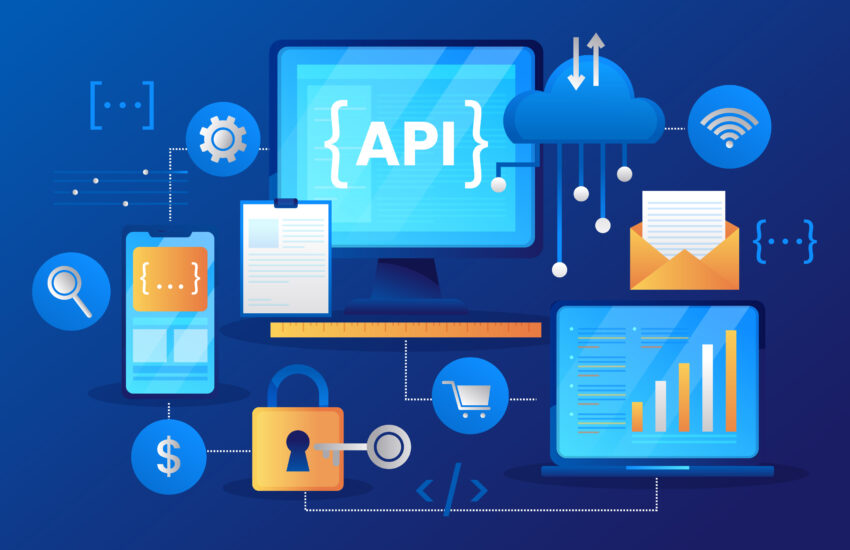In today’s digital age, where smartphones have become an indispensable part of our lives, the performance of mobile applications plays a pivotal role in determining their success or failure. This holds especially true for iOS apps, given the stringent standards set by Apple and the high expectations of users accustomed to seamless experiences. With millions of apps available on the App Store, developers face fierce competition, making optimization a necessity rather than a choice. In this article, we delve into the significance of optimizing iOS app performance and how neglecting it can render an app obsolete in the fiercely competitive market.
The Need for Speed: User Expectations and Beyond
Speed is paramount in the realm of iOS app development. Users demand swift responses and seamless transitions, and any lag or delay can lead to frustration and abandonment. Studies have shown that even a mere second of delay in app loading time can significantly impact user engagement and retention rates. Therefore, developers must prioritize optimizing app performance to meet or exceed user expectations.
Beyond user satisfaction, app performance directly influences key metrics such as conversion rates, revenue generation, and brand reputation. A well-optimized app not only enhances user experience but also boosts customer loyalty and retention. Conversely, poor performance can tarnish a brand’s image and drive users away to competitors offering better-performing alternatives.
The Technical Landscape: Challenges and Opportunities
Optimizing iOS app performance involves addressing a myriad of technical challenges, ranging from memory management and network efficiency to CPU utilization and battery consumption. These challenges are compounded by the ever-evolving nature of iOS devices, each iteration introducing new hardware capabilities and software optimizations.
Memory management is a critical aspect of performance optimization, as inefficient memory usage can lead to crashes, freezes, and degraded performance. Developers must carefully manage memory allocation and deallocation, optimize data structures, and minimize memory leaks to ensure optimal performance across different iOS devices and usage scenarios.
Network efficiency is another key consideration, particularly in apps that rely heavily on internet connectivity. Optimizing network requests, minimizing latency, and leveraging caching mechanisms can significantly enhance app responsiveness and reduce data consumption, benefiting both users and app developers.
Furthermore, optimizing CPU utilization and battery consumption is essential for ensuring a smooth and efficient user experience while conserving device resources. Techniques such as background task management, thread prioritization, and energy-efficient algorithms can help minimize CPU usage and extend battery life without compromising performance.
In today’s hyper-competitive app market, where thousands of new apps are released daily, standing out from the crowd is no easy feat. One of the most effective ways to differentiate your app and gain a competitive edge is by delivering superior performance. A fast, responsive, and reliable app not only attracts users but also retains them, driving organic growth through positive word-of-mouth and favorable reviews.
Moreover, app store algorithms tend to favor well-optimized apps, featuring them more prominently in search results and recommendations. By investing in performance optimization, developers can increase their app’s visibility and exposure, ultimately leading to higher download and engagement rates.
The Cost of Neglect: Risks and Consequences
Despite the undeniable importance of app performance, many developers still underestimate its significance or overlook it altogether, often prioritizing features and aesthetics over optimization. However, neglecting performance can have dire consequences, ranging from poor user reviews and low ratings to outright app abandonment and uninstallation.
In addition to user dissatisfaction, poor app performance can also result in missed opportunities for monetization and revenue generation. Users are less likely to make in-app purchases or engage with advertisements if they encounter frequent crashes, sluggish performance, or excessive battery drain. Consequently, developers may lose out on potential revenue streams and fail to recoup their investment in app development and marketing.
The Path to Optimization: Best Practices and Strategies
Optimizing iOS app performance is a multifaceted endeavor that requires a systematic approach and ongoing refinement. From the initial stages of app design and development to post-launch maintenance and updates, performance optimization should be integrated into every aspect of the app lifecycle.
Some best practices and strategies for optimizing iOS app performance include:
- Profile and Measure: Use profiling tools to identify performance bottlenecks and measure key metrics such as CPU usage, memory consumption, and network latency.
- Optimize Resource Usage: Minimize memory footprint, optimize network requests, and prioritize CPU-intensive tasks to improve overall efficiency and responsiveness.
- Cache Strategically: Implement caching mechanisms to store frequently accessed data locally and reduce reliance on network requests, thereby improving app performance and reducing data usage.
- Prioritize Critical Paths: Identify critical user flows and optimize them for speed and efficiency, focusing on key interactions and reducing unnecessary friction points.
- Test Across Devices: Test app performance across a range of iOS devices and operating system versions to ensure compatibility and consistency, optimizing for both older and newer hardware configurations.
- Monitor and Iterate: Continuously monitor app performance in real-world usage scenarios and gather user feedback to identify areas for improvement, iterating and optimizing iteratively to maintain peak performance over time.
By following these best practices and adopting a proactive approach to performance optimization, developers can ensure that their iOS apps remain competitive, relevant, and resilient in the ever-evolving landscape of mobile technology.
Conclusion
In conclusion, the optimization of iOS app performance is not merely a technical consideration but a strategic imperative for developers seeking success in the fiercely competitive app market. By prioritizing speed, efficiency, and reliability, developers can enhance user satisfaction, drive engagement, and differentiate their apps from competitors. Conversely, neglecting performance optimization can lead to user frustration, negative reviews, and missed opportunities for revenue generation. Therefore, developers must embrace performance optimization as a core principle of app development, integrating it into every stage of the app lifecycle and continuously iterating and refining to deliver the best possible user experience. In a world where app performance can mean the difference between success and obscurity, the choice between optimization and obsolescence has never been clearer.
Unlock innovation with top-tier iOS mobile app development in Dubai. Turn your app ideas into reality with us!




